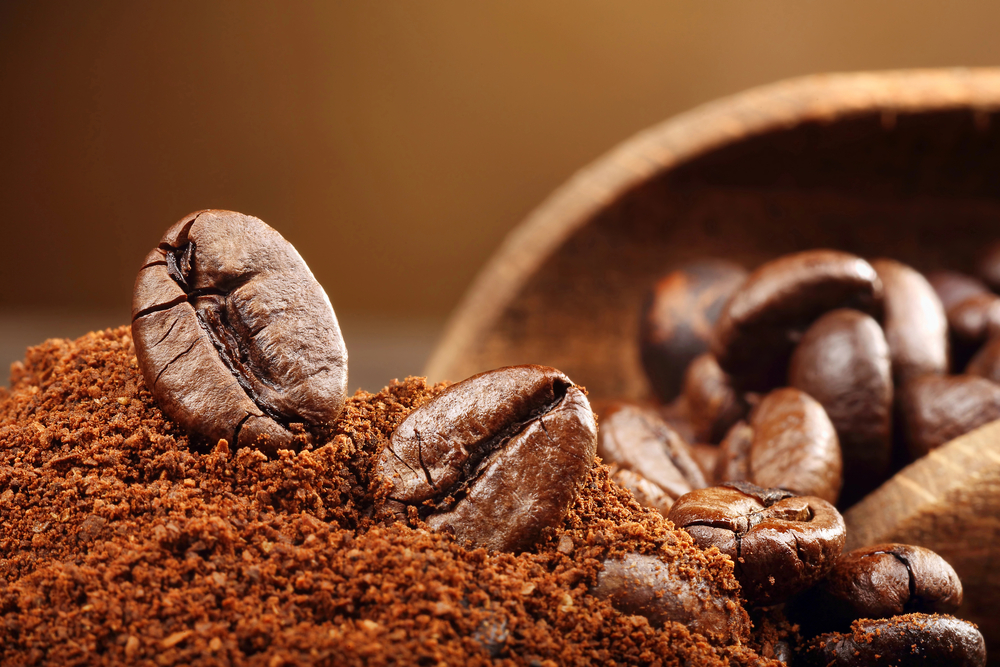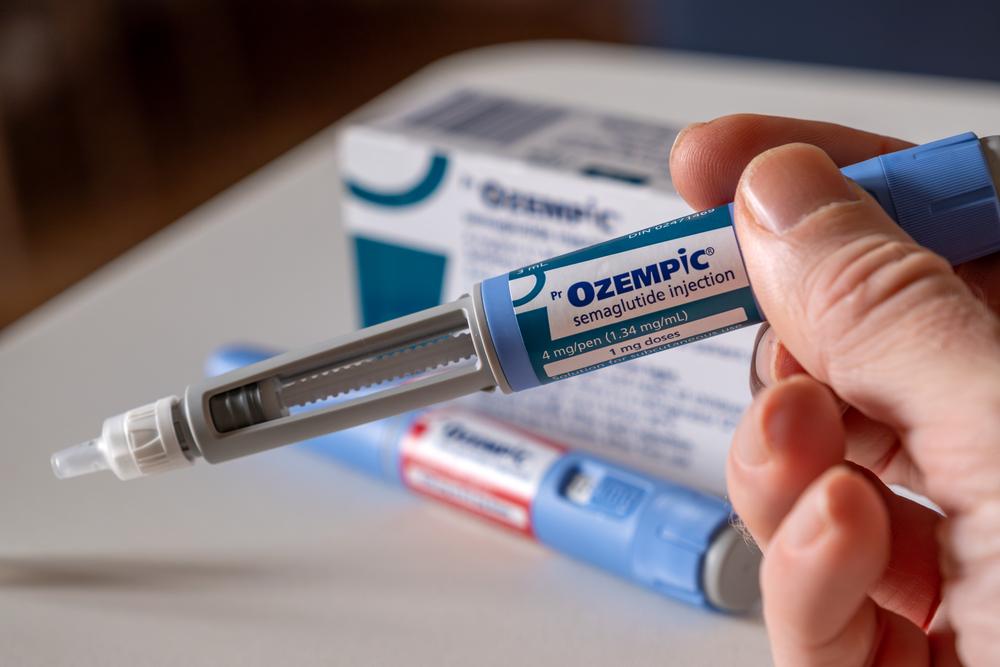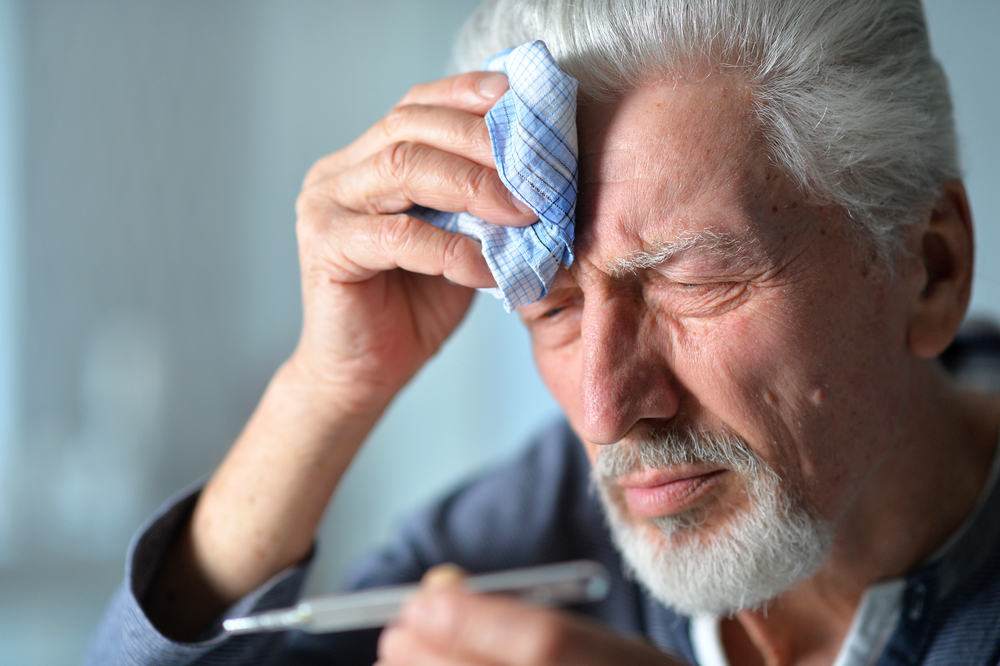Experts are warning about physical inactivity among adult Americans, calling it a “crisis within a crisis.” The study published in the American Journal of Medicine researched the connection between social vulnerability and physical activity and suggested that this link is quite strong.
Physical activity is “unacceptably low”
Ross Arena from the University of Illinois, who founded the Healthy Living for Pandemic Event Protection, said in a statement, “On a national level, physical activity is unacceptably low and has not appreciably improved over the past decade while high levels of social vulnerability and physical inactivity are concentrated in specific geographic regions.” Arena discussed the findings from the researcher, saying, “The findings of the current investigation indicate a crisis within a crisis with respect to a physical inactivity pandemic in the U.S.”
Trying to find a way to activate people
Arena further shared how “social vulnerability and deep-seated characteristics of the United States’ distinct regions are likely influencing physical activity decisions,” adding, “We need to figure out how to help specific communities and individuals make behavior changes. What tools do they need? What messaging will resonate with them? It’s time to apply a precision medicine approach to healthy living medicine.”
Encouraging healthy choices
Colin Woodard, director of the Nationhood Lab at Salve Regina University’s Pell Center, said in a statement, “Our goal with this study is to start getting to the bottom of what really motivates behavior and behavior change,” adding, “Data-driven intelligence and the work of historians and cultural geographers can help us find the best ways to encourage healthy lifestyle choices and ultimately make people healthier.”
The importance of staying active
According to the CDC, over 60 percent of U.S. adults do not engage in the recommended activity. A quarter are not active at all, despite numerous health benefits. Apart from losing weight and improving overall mood, physical activity helps with high blood pressure and sugar levels, promotes bone and muscular health, and reduces risks of heart disease, colon cancer, and diabetes. Even 30 minutes of brisk walking is considered an activity that would significantly improve your life.
Preventing premature deaths
Ruth Petersen, MD, Director of CDC’s Division of Nutrition, Physical Activity, and Obesity, warned at the beginning of the year, “Getting enough physical activity could prevent 1 in 10 premature deaths.” Petersen added, “Too many people are missing out on the health benefits of physical activity such as improved sleep, reduced blood pressure and anxiety, lowered risk for heart disease, several cancers, and dementia (including Alzheimer’s disease).”
This correlates with the recent trends in sedentary behavior
Dr. Carolyn Fredericks, assistant professor of neurology at Yale School of Medicine, compared the rising trend of sitting over 10 hours without a break with smoking, while Matthew Stults-Kolehmainen, Ph.D., told MNT that “physical activity and exercise are associated with numerous, if not hundreds, of health benefits, the opposite is also true for ‘sedentarism.'”
The pandemic further reduced physical activities among Americans
Physical inactivity and sedentary behavior became more prevalent during the COVID-19 pandemic, the National Institute of Health announced in 2022. The study confirmed that, and that’s why finding engaging ways to get people moving is crucial. Many noticed that communities and working out in groups can inspire, especially seniors. There is no one-size-fits-all way for communities to encourage their members, making the task more challenging, though the benefits are priceless.






